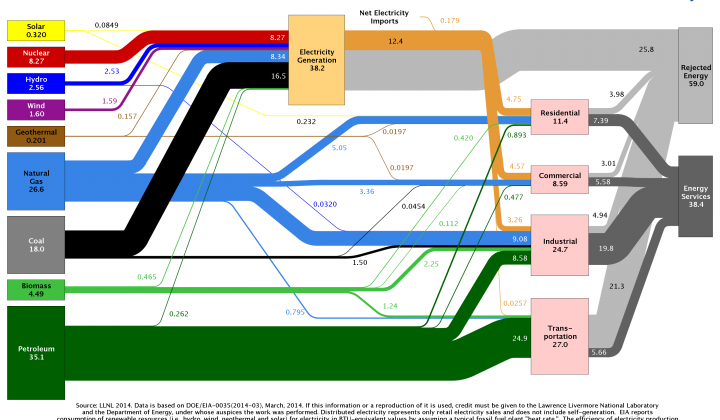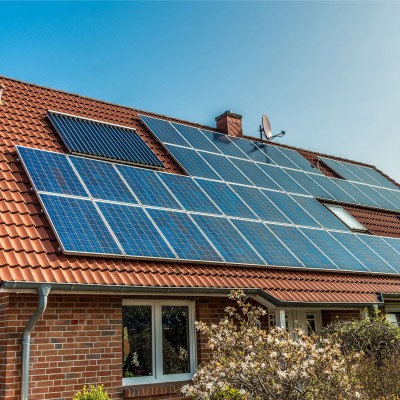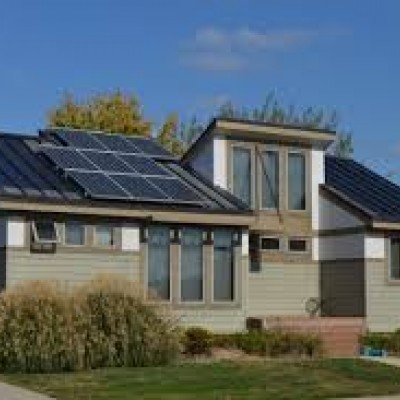The Extraordinary Waste Of Our Antiquated Electric Utility Business Model

Every year, Lawrence Livermore National Laboratory publishes a graphic representation of energy flows in our economy. The most recent (above) shows that:
- In 2013, the US used a total 97.4 quads (quadrillion BTUs) of energy
- The electricity sector consumed 38.2 quads, over 39% of all the energy we used
- Over 67% of the energy going into the electricity sector was “rejected energy”, wasted in conversion losses and line losses. Put another way: The electricity sector wastes over 26% of the total energy used in the US before it ever reaches end users.
- The 25.8 quads of energy wasted by our centralized electricity system is more than the 24.8 quads of primary energy delivered into the electricity sector from coal and natural gas combined.
That staggering level of waste should be sobering to any legislator or regulator considering energy issues. It is an affront to our children and our planet to continue the profoundly wasteful utility business model.
We can do better. Distributed generation avoids the losses inherent in our current electricity system along with the pollution and unnecessary costs such waste involves.
With no fuel, solar has no fuel conversion losses. When connected directly to the distribution system, the energy produced from solar generation flows directly to the nearest load, avoiding virtually all of the transmission and distribution losses as well.
Distributed generation resources, conservation, demand response and advanced energy information technology together can eventually eliminate the need for most centralized generation resources and the wasteful transmission systems that serve them.
Our energy system and society benefit immensely from the network benefits the electric grid provides. Many of the economic benefits of solar derive from benefits provided to the grid and other ratepayers. So solar advocates should also be advocating for transformational grid modernization.
Recent National Grid president Tom King advocated a future in which utilities become platform providers, like smart phones, upon which independently developed energy products and services are delivered to create a more innovative, efficient and environmentally friendly energy system of the future.
But while they speak favorably of grid modernization and clean energy resources, in today’s legislative and regulatory forums, utilities are fighting to restrain that future Tom King describes. They advocate restricting the capacity of distributed generators to utilize the full economic value of their production. They insist that the 80% of citizens who don’t have good sites of their own for solar should be precluded from benefitting from the full value that solar provides.
We could accuse the utilities of green washing. But we should understand the bind they are in. Utilities are trapped in an outmoded regulatory paradigm designed for a world of centralized generators serving constantly increasing demand. That world no longer exists. Under current rules, utilities don’t profit from the distributed energy resources that threaten their revenue base. Until the rules of their industry change, their resistance to distributed generation is completely rational.
John Rowe, then CEO of Exelon, argued in his 2009 keynote speech to the American Council for an Energy Efficient Economy that regulators need to provide incentives for utilities to promote energy efficiency suggesting: “The rat must smell the cheese.” That has worked. Utilities embrace energy efficiency today because they make money from it.
The challenge is on legislators and regulators. Rules of the utility game need to fundamentally change to align utility interests with the future. Instead of cost plus a markup, which encourages unnecessary high costs to ratepayers, utilities should be incentivized for providing value and paid for reliability, great service and power quality. Expediently enabling independently owned distributed energy resources should be a critical factor in utility compensation. With every circuit breaker or transformer they install and every upgrade they make, utilities should be transforming the grid to provide open access bi-directional flow of energy.
The primary threat to the century old utility business model is not solar, it’s practical reality and common sense. Looking at the extraordinary level of waste, pollution and inefficiency in the current electrical system, it is clear that change is inevitable.
In the not distant future, energy and energy services will be delivered through innovative independently owned distributed energy resources providers efficiently interfacing with customers on an open access distribution grid. Utility companies that embrace that future and invest in the engineers necessary to make it happen will grow and thrive. Utilities that waste time and money on lawyers and lobbyists to restrain and delay that equitable, democratic and efficient grid of the future will face the same fate as other dinosaurs that couldn’t adapt to the realities of their environment.


